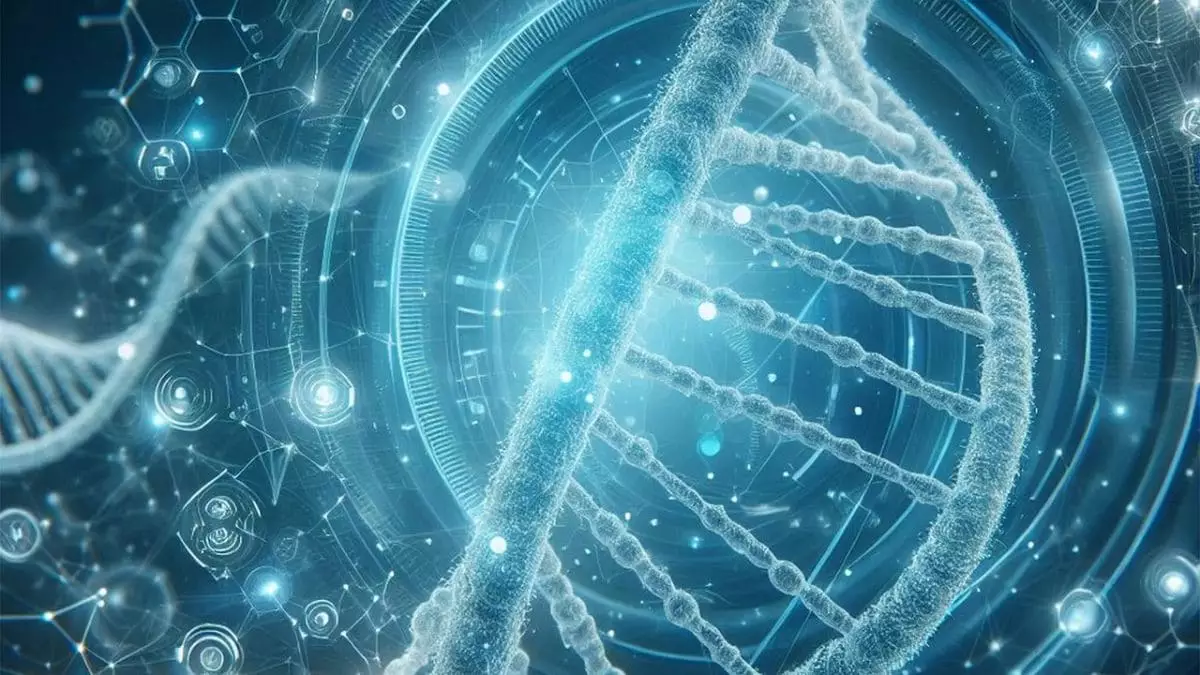The recent unveiling of a groundbreaking artificial intelligence model, dubbed Evo-2, marks a transformative moment in the landscape of biological research. This model, engineered from a vast dataset that includes an astonishing 128,000 genomes spanning multiple life forms, represents a substantial leap in our understanding and manipulation of genetic materials. Unlike traditional models that primarily analyze protein sequences, Evo-2 is designed to delve into the intricate world of DNA, where both coding and non-coding sequences play pivotal roles. This innovation promises to be a formidable asset for researchers navigating the complexities of genetic disorders and their underlying causes.
Dramatically Enhanced Capabilities
The remarkable versatility of Evo-2 lies in its ability to construct entire chromosomes and smaller genomic elements from scratch. This capacity to generate biologically plausible sequences isn’t merely an academic exercise; it lays the groundwork for profound advancements in genome engineering. By decoding the enigmatic contributions of non-coding gene variants traditionally associated with various diseases, Evo-2 equips scientists with fresh insights into genetic functionality and regulation. The collaborative effort between the Arc Institute, Stanford University, and NVIDIA has built a formidable framework that combines computational prowess with rich genetic data, setting the stage for groundbreaking discoveries.
A pivotal aspect of Evo-2’s potential is its extensive training on an incredibly diverse range of genomic sequences. It encompasses genetic materials from an array of organisms, including humans, animals, plants, bacteria, and archaea, amassing a staggering total of 9.3 trillion DNA letters. This deep reservoir of information allows Evo-2 to model the complexities inherent in eukaryotic genomes, which are characterized by a mix of coding and non-coding regions. By intricately mapping this complexity, Evo-2 achieves a heightened sensitivity to gene activity predictions, a feat that could prove invaluable in understanding the nuances of gene expression in a plethora of biological contexts.
While Evo-2’s capabilities seem promising, the scientific community acknowledges that robust independent testing is essential for validating its performance. Preliminary experiments suggest impressive accuracy in predicting the implications of genetic mutations, specifically in genes like BRCA1, a critical marker in breast cancer research. Moreover, Evo-2 has demonstrated its abilities in structural analyses, having successfully processed the genome of the woolly mammoth, which underscores its competence in interpreting complex genetic architectures.
One of the standout features of Evo-2 is its capacity to assist in designing novel DNA sequences, including CRISPR-based gene editors. This is particularly relevant as CRISPR technology thrives on precision and specificity, both of which can be augmented through the predictive capabilities of Evo-2. Earlier iterations of AI models struggled to produce complete genomic sequences, but Evo-2 has made considerable strides, generating more accurate and biologically feasible outputs. Still, as emphasized by experts in the field, significant refinements remain necessary before these sequences can be wholly effective when integrated into living cells.
Future Prospects and Implications
The anticipation surrounding Evo-2 extends into its potential applications in synthetic biology and precision medicine. Researchers are already exploring its efficacy in creating regulatory DNA sequences that govern gene expression. Active experiments are in process to evaluate Evo-2’s predictions about chromatin accessibility, a critical factor in determining cellular identity among multicellular organisms. Furthermore, the model’s ability to assimilate knowledge from bacterial and archaeal genomes inspires innovative approaches towards designing unique human proteins.
As scientific inquiries into genetic engineering expand, the boundless opportunities presented by Evo-2 could redefine the parameters of genetic research and technological application. As adoption and refinement of Evo-2 gains momentum, researchers are poised to harness its capabilities for pioneering work in understanding genetic regulation, ultimately fostering advancements that could transform approaches in medicine, therapeutics, and beyond. With the ongoing evolution of this AI model, the horizon of genetic research appears brighter than ever.

Leave a Reply